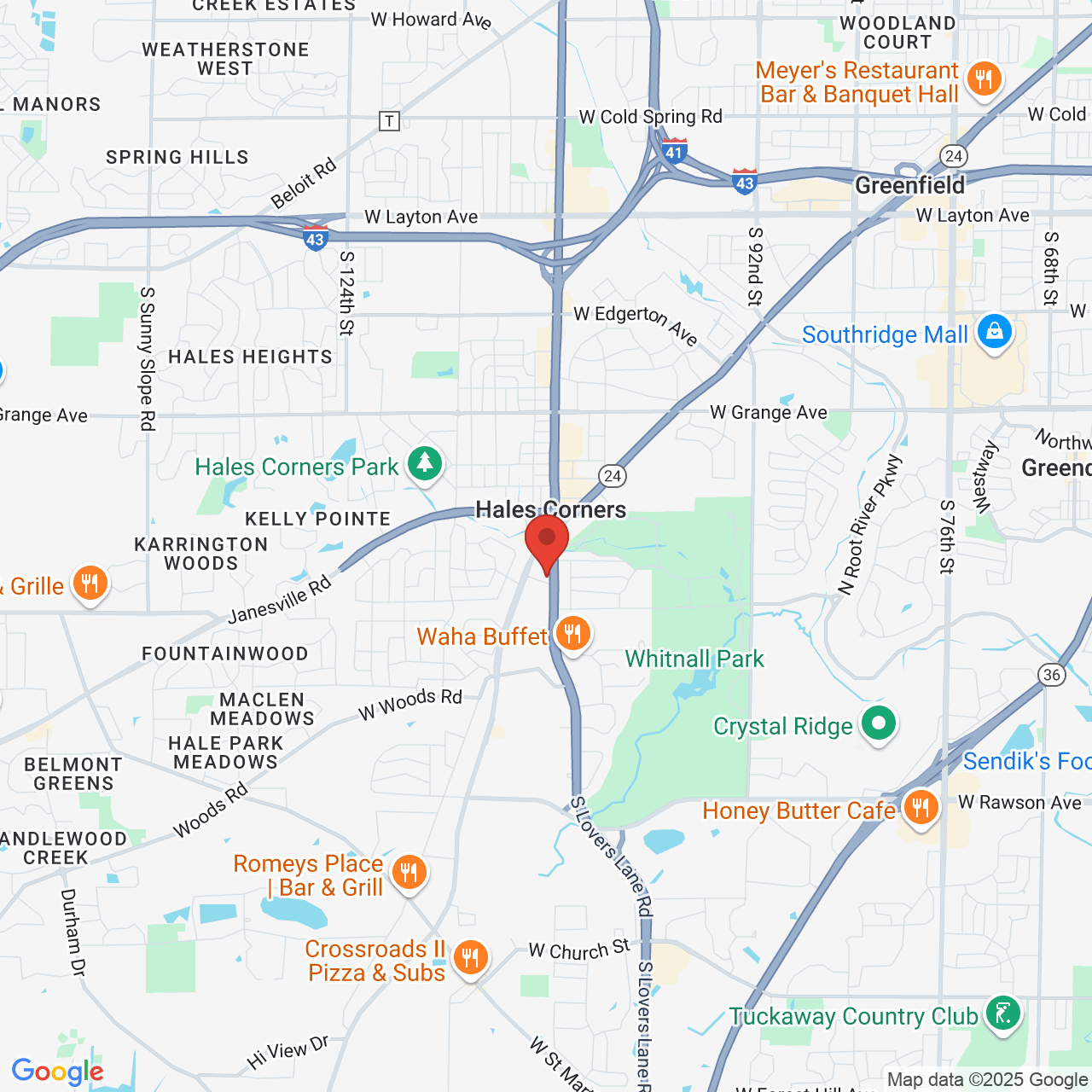TMJ
The temporomandibular joints (TMJs) connect your jaw to your skull, allowing you to open and close your mouth and move the jaw from side to side.
TMJ disorder (TMD) occurs when these joints are put under excessive strain, such as from an imbalanced bite.
Serving Milwaukee, WI, Czaplicki Family Dentistry uses advanced technology to diagnose TMD and offers comfortable treatment options.
Understanding TMD
and Its Symptoms
Temporomandibular joint disorder is caused when the joints connecting the upper and lower jaw become inflamed or irritated due to factors like an imbalanced bite, arthritis, bruxism, or a jaw injury. TMD can cause a host of symptoms, such as:
- Clenching
- Dental damage
- Migraines
- Neck pain
- Back pain
- Ear pain
- Tinnitus
- Locked jaw
- Sore facial and jaw muscles
- Popping sounds when opening and closing your mouth
Diagnosing a TMJ Disorder
When methods like stress relief, massages, and cool and warm compresses don't work to alleviate your TMJ disorder, a dentist may be able to provide an effective solution. At Czaplicki Family Dentistry in Milwaukee, WI, we use the latest technology to provide accurate diagnoses:
X-Rays
X-rays can show abnormalities of the jaw joints and the extent of the dental damage your temporomandibular disorder has caused.
Joint Vibration Analysis
This tool measures joint sound to identify health concerns. While a smooth, healthy jaw joint will create little sound, roughened surfaces can create friction and indicate inflammation.
Electromyography (EMG)
This diagnostic procedure measures muscle activity. By identifying the muscles that cause facial pain and their optimal resting position, your doctor can help decrease muscle spasms.
Computerized Jaw Tracking
This tracking system can measure and record the movement of the jaw and TMJs. This can help your doctor find the most comfortable and healthy alignment between the upper and lower jaw.
Treating TMD With Conservative Options
If your dentist determines that malocclusion is the cause of your temporomandibular disorder, they may recommend an oral splint. This custom mouthguard is a comfortable option that can correct your bite, protect your teeth, relieve clenching and grinding, and gently realign your jaw while you sleep.
In addition to an oral splint, your dentist may also recommend other conservative treatments and lifestyle changes, like:
- Eating soft foods
- Using heat packs on the jaw to alleviate inflammation
- Avoiding chewing gum, caramels, and candies
- Taking muscle relaxers or anti-inflammatory drugs

"So glad I found my way here!"
I can’t say enough about my positive experience with Dr Don and team at Czaplicki Family Denistry. Dr Don is an extremely capable professional who put me right at ease. His attention to detail and skill really shine through in my results and I couldn’t be happier. The energy in the office is relaxed and calming and their follow up is exempliary. So glad I found my way here!
View on GoogleThank you AGAIN Dr. Don for giving your immediate attention to my concern. Dr. Don is a "Top Doctor" who listens carefully and makes sure he understands your needs first. Then he can easily and skillfully resolve the problem because of his many years of dental and TMJ experience. He has been my dentist forever and I'm very grateful that he has stuck with me through many difficult dental and TMJ problems.
View on Google


